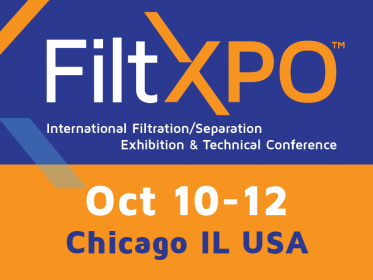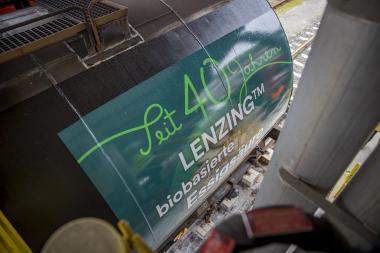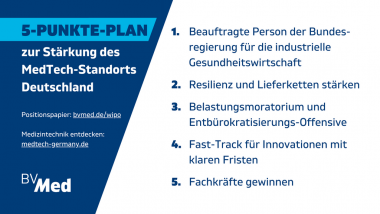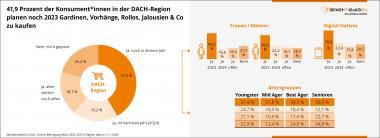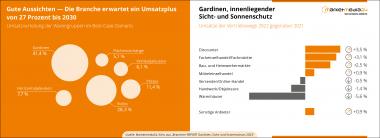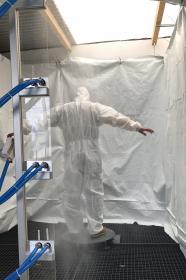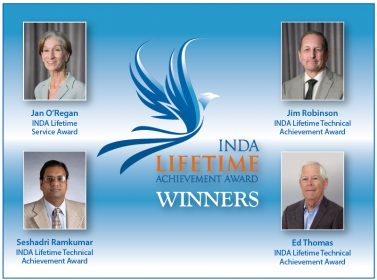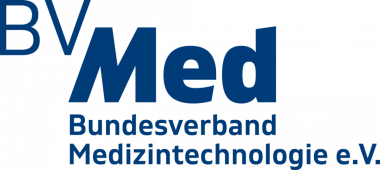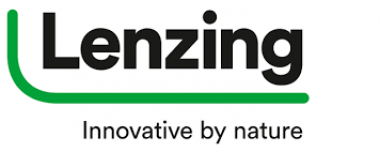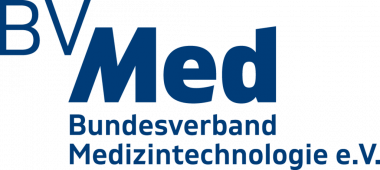Registration for FiltXPO™ 2023 is now open
INDA, the Association of the Nonwoven Fabrics Industry, announced that registration is open for FiltXPO™ 2023, Oct. 10-12, 2023, Navy Pier, Chicago, Illinois USA. More than 130 exhibitors from the filtration supply chain will showcase their solutions, technologies, and innovations to over 1,200 global professionals. FiltXPO will also feature a three-day technical program covering new technology, products, and research.
Exhibit stand reservations have been brisk, exceeding the prior two editions of FiltXPO. “We are pleased to see the strong interest in exhibiting at FiltXPO. It speaks to the strength of the industry and that filtration products continue to evolve for clean air and water, as well as safer food, beverages, and biopharmaceuticals,” said Joe Tessari, Associate Director of Exhibit Sales.
An important part of the FiltXPO event is the 1.5-day Filter Media Training Course. Participants will learn about the physics of filtration, how nonwoven media is designed and used in air and liquid filtration, the latest market trends, which applications have unmet needs, as well as testing standards.
INDA, Association of the Nonwoven Fabrics Industry


